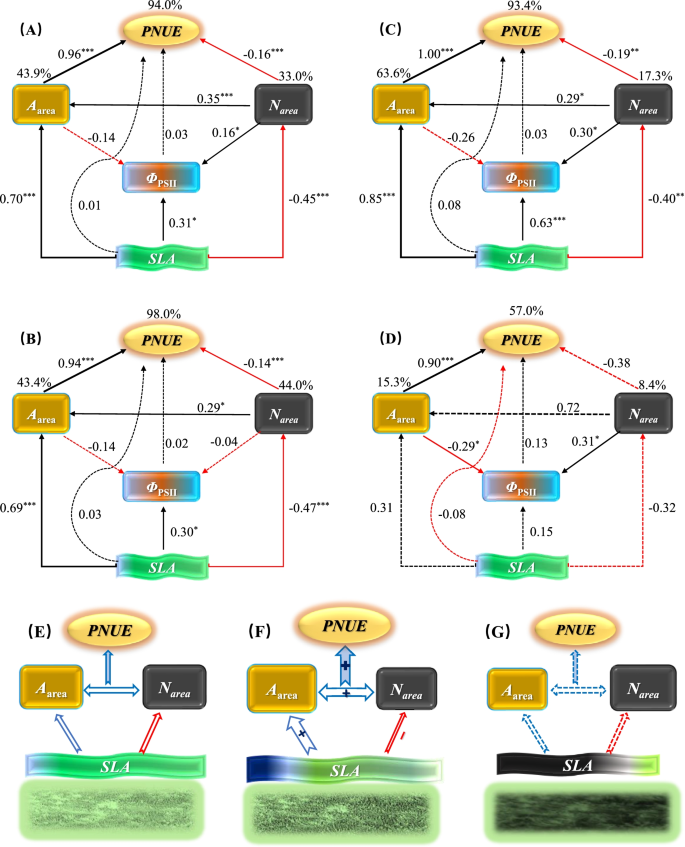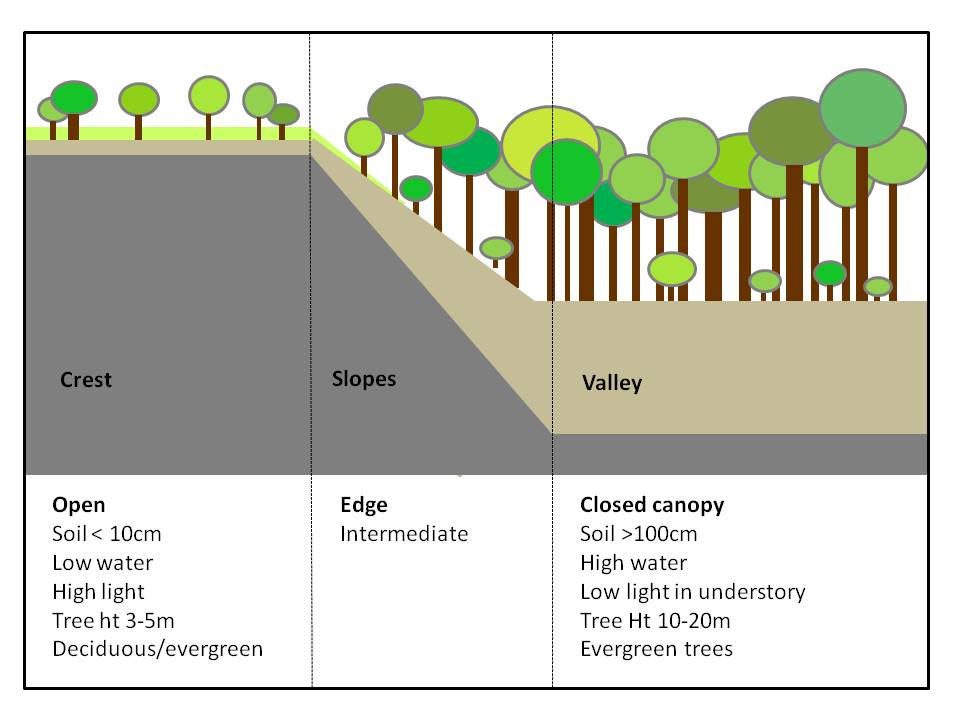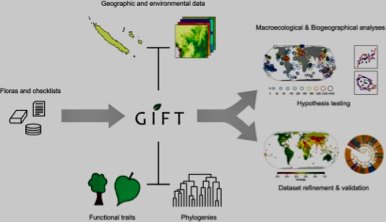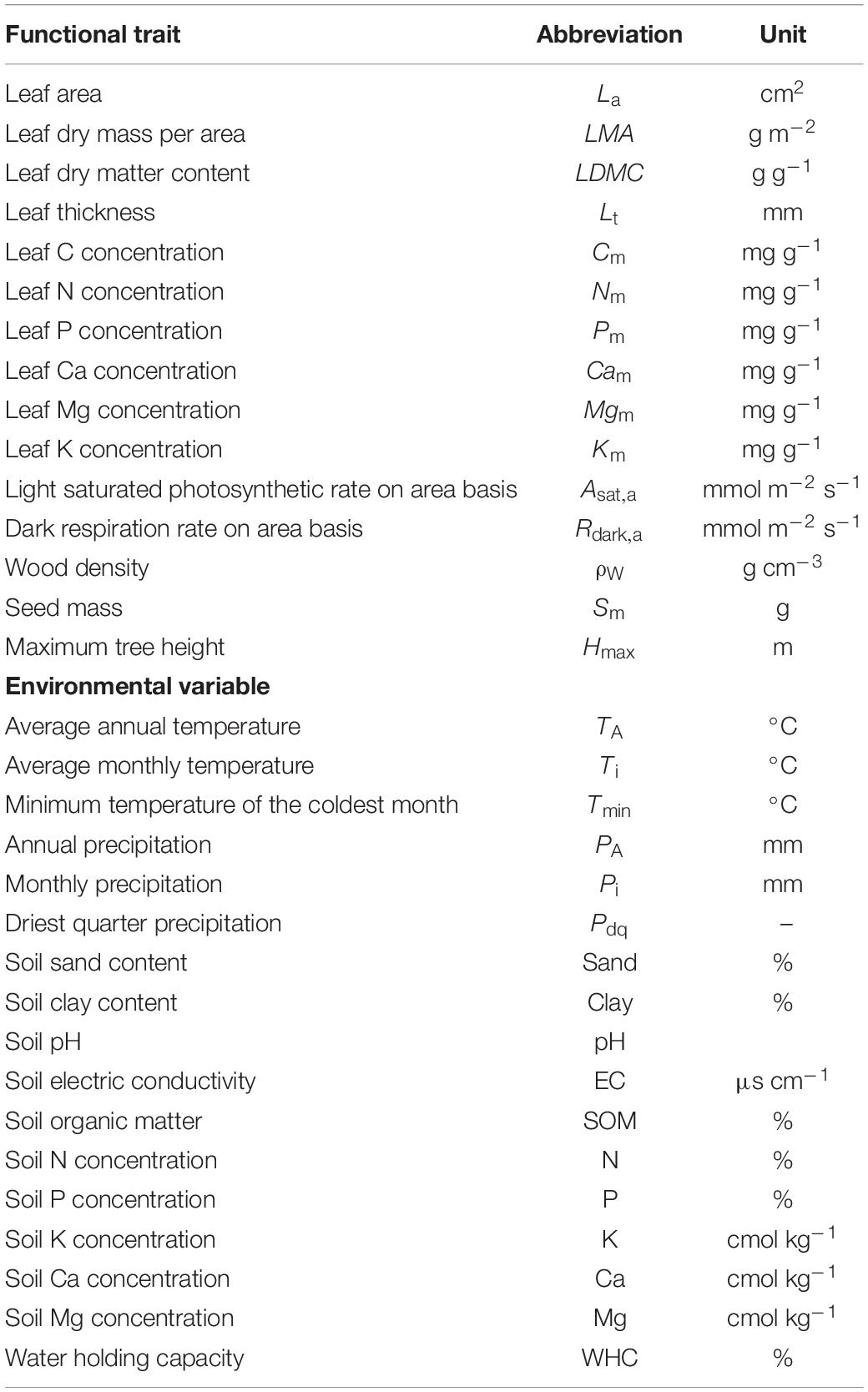Plant functional traits and types: Their relevance for a better
Por um escritor misterioso
Descrição
It is proposed here to analyse the potential and limitations of the PFTT concepts in the case of AFS in the humid tropics, notably referring to rainforest dynamics regarding succession patterns. Complex Agroforestry Systems (AFS) in the humid tropics are mixed forest-like ecosystems that often display high species diversity that makes their structure and functioning difficult to understand and simulate. Plant Functional Traits and Types (PFTT) are broadly used concepts in community and ecosystem ecology to address the responses of species to changes in the environment and/or the contribution of species to ecosystem functions. The relevance of these concepts, developed for natural ecosystems, for a better understanding of AFS is unknown but we hypothesize that they might be useful to gain a better understanding of the resilience properties of AFS and to answer the following questions: What is the role of AFS species composition in ecosystem functions? and, conversely: How do environmental changes affect that species composition, and hence AFS performance? We propose here to analyse the potential and limitations of the PFTT concepts in the case of AFS in the humid tropics, notably referring to rainforest dynamics regarding succession patterns. This analysis is based on case studies from coconut-based AFS in Melanesia and coffee-based AFS in West Africa. Plant functional traits, such as growth form, life form, phenology, and height were first used to describe these AFS. Since AFS are a result of farmers interventions, to evaluate their performance specific traits, corresponding to agronomic characteristics of species such as the production cycle, and part of the plant used, need to be considered in addition to traits considered for natural forests. (Resume d'auteur)

Coordination of leaf functional traits under climatic warming in an arid ecosystem, BMC Plant Biology

Functional traits
How fine-root traits fit in plant form and fu

Spectrally defined plant functional types adequately capture multidimensional trait variation in herbaceous communities - ScienceDirect

TRY Plant Trait Database

Frontiers Functional Trait Variation Among and Within Species and Plant Functional Types in Mountainous Mediterranean Forests

The meaning of functional trait composition of food webs for ecosystem functioning

Plant functional traits and climate influence drought intensification and land–atmosphere feedbacks

Plant functional traits and the multidimensional nature of species coexistence

Estimation of functional diversity and species traits from ecological monitoring data

Correction to: Relative Importance of Climate, Soil and Plant Functional Traits During the Early Decomposition Stage of Standardized Litter

PDF) Plant diversity, functional traits and soil conditions of grass savannas on lateritic crusts (bowé) in south eastern Burkina Faso
de
por adulto (o preço varia de acordo com o tamanho do grupo)







